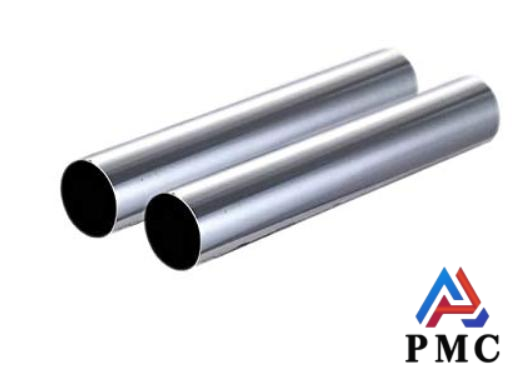
Why does the 304 Stainless Steel Pipe Turn Yellow?
304 stainless steel pipe is a widely used pipe. It is made of high-quality 304 stainless steel, with the main alloying elements being chromium (Cr) and nickel (Ni), with a chromium content of about 18% and a nickel content of about 8%, which gives it excellent corrosion resistance. In daily life and industrial environments, it can resist corrosion for a long time and maintain good performance in the face of common media such as humid air, weak acids and alkalis.
Its surface is smooth, impurities are not easily attached, and it has excellent hygienic properties. It is used to transport liquid or gaseous media in the food and medical industries to ensure product safety. At the same time, it also has good heat resistance and can work stably in high temperature environments, generally able to withstand temperatures around 800°C. However, in the after-sales tracking service, some merchants and users will ask why the 304 stainless steel pipe turns yellow. In response to this question, this article will explain why the 304 stainless steel pipe turns yellow and how to deal with it.
Why 304 stainless steel pipe turns yellow ?
1. Yellowing occurs in some areas of the surface of 304 stainless steel pipe products. This is usually because they are located in highly polluted environments such as vents and oil fume outlets, which may cause this phenomenon in stainless steel pipes.
2. Second, one or two individual products may turn yellow. This may be caused by uneven annealing of the steel strip head or tail during the rolling process. Generally, our pipe makers will cut off these unqualified stainless steel pipes.
3. When used at high temperatures, in order to make stainless steel resistant to oxidation and corrosion by gaseous media at high temperatures and to prevent the formation of loose or easily cracked oxide scale on the steel surface, alloy elements such as Cr and Si are added to the steel to form an oxide film with a dense structure and firmly bonded to the steel surface. This alloy oxide film has a good protective effect, thereby extending the service life of the steel or increasing the operating temperature. If the stainless steel pipe turns yellow quickly in summer or at high temperatures, it can be inferred that the content of alloy elements in the stainless steel is low.

What should we do when 304 stainless steel pipe turns yellow?
First of all, in terms of chemical elements, the carbon content of 304 stainless steel pipe is low. In a high temperature environment, carbon atoms can easily diffuse into the stainless steel matrix during the oxidation process. Therefore, the oxidation process of 304 stainless steel pipe is also accompanied by carburizing process.
Therefore, steels with different chromium, silicon and nickel contents can be selected for high temperature cycle tests. After the test, the increase ratio of carbon content in various steels is measured, and the degree of oxidation of the material is judged based on the carburization amount. The oxide film on the surface of the stainless steel tube can prevent the oxidant from invading the stainless steel base, that is, prevent the oxidation from continuing to occur, while the loose oxide film will make the oxide film continue to thicken. In the production line, the stainless steel tube is forced to be oxidized by continuous pickling method to enhance the density of its oxide film.
The oxidation of 304 stainless steel pipe in high temperature environment causes the surface oxide film to thicken. This situation is directly related to the material's own antioxidant properties and the material's ability to absorb heat. Surface roughness and surface color resistance will affect the amount of heat absorbed per unit area of the steel pipe and affect the degree of discoloration. When the surface roughness of the stainless steel pipe is less than 0.022μm, its heat absorption capacity is significantly reduced, the steel pipe will not further oxidize, the thickness of the oxide film remains basically unchanged in a high temperature environment, and the degree of discoloration is also very slight.
Although they are all 304 stainless steel pipes, the smelting technology, chemical element content indicators, quality and price of each manufacturer are different. In addition, there are quality differences in the manufacturing process of each pipe factory, and the performance and corrosion resistance after use are also strong and weak.
Read more: Thermal Conductivity of 304 Stainless Steel Pipes


